Pierre Boulez, Ensemble InterContemporain - Pierre Boulez: Le marteau sans maître, Dérive 1 & 2 (2005)
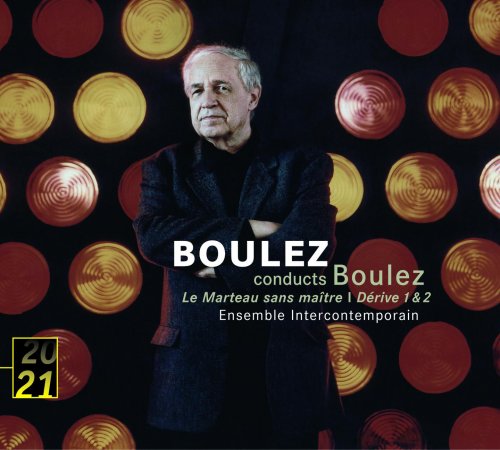
Artist: Pierre Boulez, Ensemble InterContemporain
Title: Pierre Boulez: Le marteau sans maître; Dérive 1 & 2
Year Of Release: 2005
Label: Deutsche Grammophon
Genre: Classical
Quality: FLAC (tracks)
Total Time: 01:08:49
Total Size: 276 Mb
WebSite: Album Preview
Tracklist: Title: Pierre Boulez: Le marteau sans maître; Dérive 1 & 2
Year Of Release: 2005
Label: Deutsche Grammophon
Genre: Classical
Quality: FLAC (tracks)
Total Time: 01:08:49
Total Size: 276 Mb
WebSite: Album Preview
Le Marteau sans maitre (1953-1955) - 38:32
1.Avant "l'Artisanat furieux" 1:55
2. Commentaire I de "Bourreaux de solitude" 4:31
3. "L'Artisanat furieux" 2:39
4. Commentaire II de "Bourreaux de solitude" 4:16
5. "Bel édifice et les pressentiments" version première
4:08
6. "Bourreaux de solitude" 5:03
7. Après "L'Artisanat furieux" 1:07
8. Commentaire III de "Bourreaux de solitude" 6:25
9. "Bel édifice et les pressentiments", double 8:28
10. Derive 1 (1984) - 5:47
11. Derive 2 (1988/2002) - 24:33
Performers:
Ensemble Intercontemporain
Composed By, Conductor – Pierre Boulez
Of all Pierre Boulez's works, only Le Marteau sans maître (1953-1955) has achieved worldwide recognition as a modern masterpiece, partly because of the praise lavished on it by fellow composers and critics, but also because the public responded to the piece with uncommon openness to its rarefied expression and fascination with its fresh timbral palette. Yet the piece is notoriously difficult, and few performances have been satisfactorily recorded. This 2002 recording by the Ensemble InterContemporain may be considered an authoritative rendition, most obviously because of Boulez's supervision, but also because his musicians have plainly rehearsed it to a point of familiarity that admits expressive playing, beyond the mere task of getting pitches, rhythms, and dynamics right. Mezzo soprano Hilary Summers admirably delivers the angular gestures and melismas with restraint and controlled smoothness, and the ensemble is fully connected in its timing to her phrasing. Dérive 1 (1984) and Dérive 2 (1988-2002) are purely instrumental works, built up from abstract source material and elaborated through rather abstruse procedures. While mildly interesting, these pieces have none of the magical sounds found in Le Marteau, and may be taken or left as nonessential filler. DG's sound quality is exceptional.
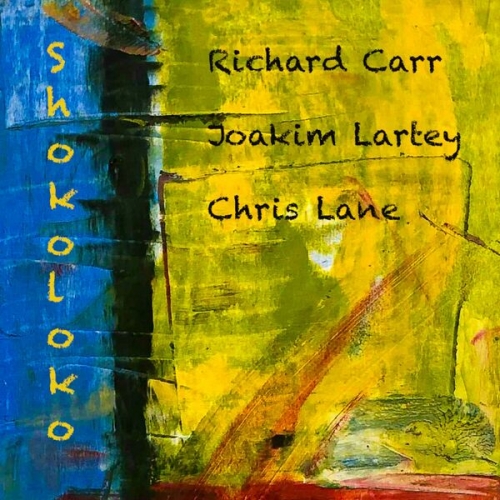

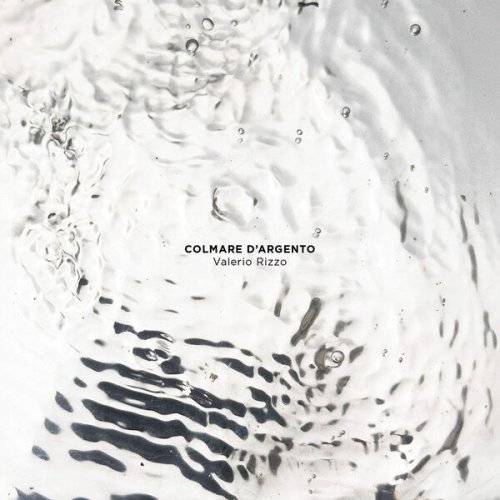
![Black Flower - Ghost Radio (2016) [Hi-Res] Black Flower - Ghost Radio (2016) [Hi-Res]](https://img.israbox.com/img/2025-12/21/9jx4xnhjd3hra5u06rbmghsre.jpg)
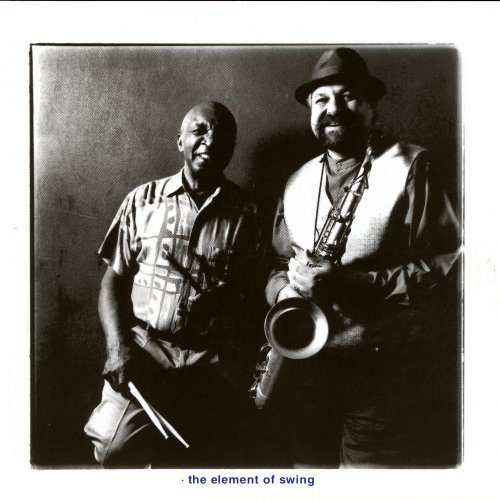
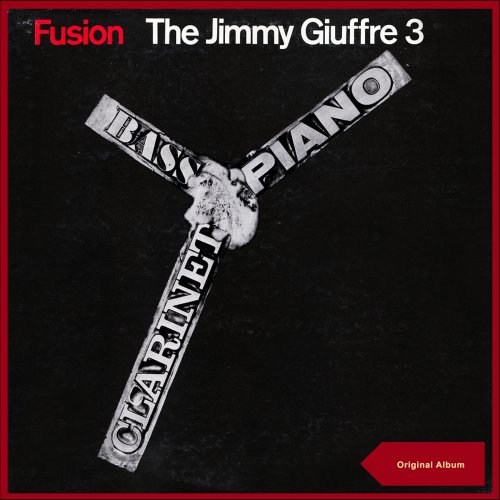

![Clifton Chenier - Classic Clifton (1980) [Hi-Res] Clifton Chenier - Classic Clifton (1980) [Hi-Res]](https://img.israbox.com/img/2025-12/20/7uht6cuaz3rb4d8ybfskyckea.jpg)
![Elmer Bernstein - Movie and TV Themes (1962) [1987] Elmer Bernstein - Movie and TV Themes (1962) [1987]](https://www.dibpic.com/uploads/posts/2025-12/1766269303_folder.jpg)